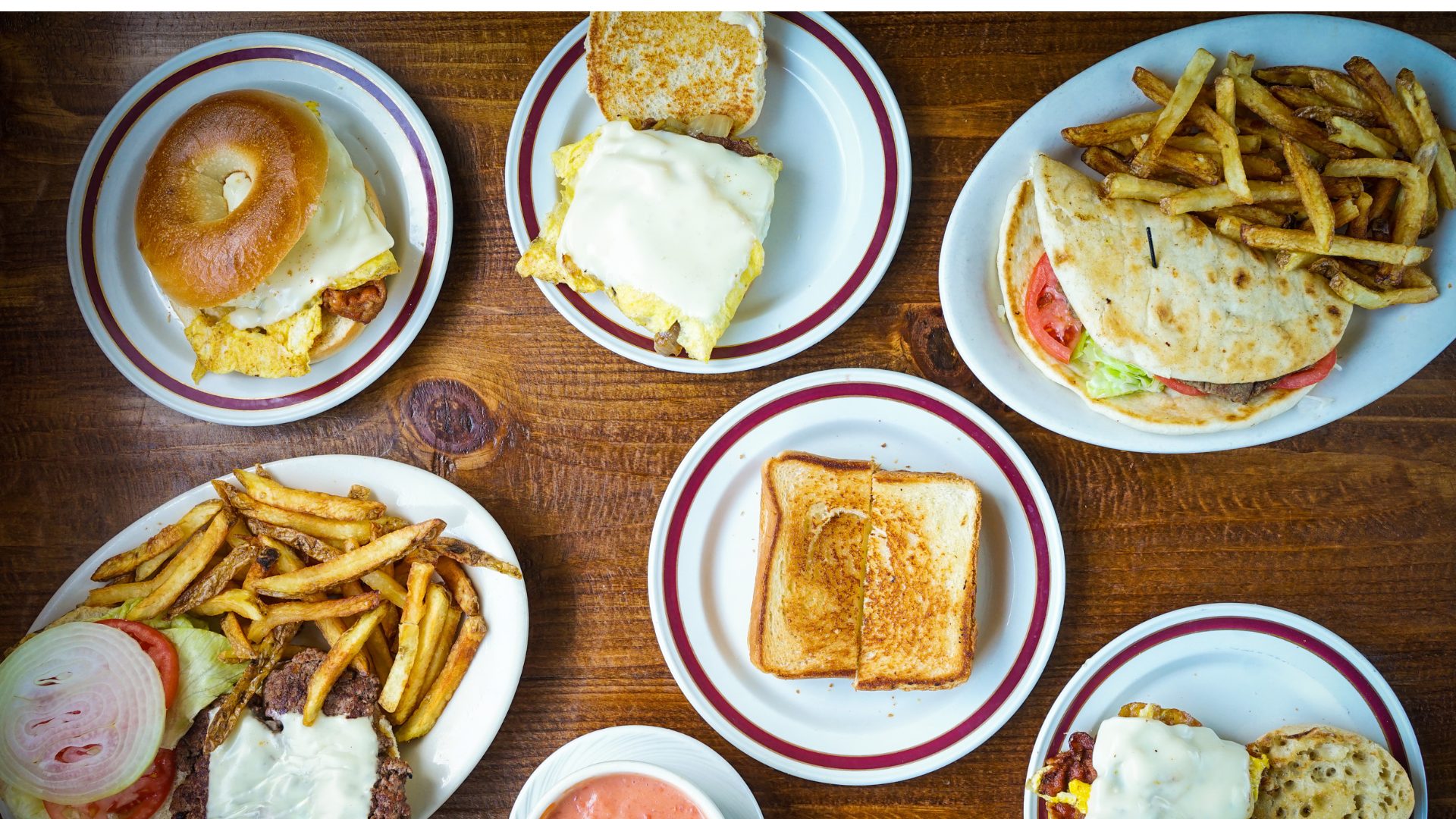As the stigma surrounding solo dining continues to dwindle, single-party reservations are becoming one of the fastest growing markets in the food and beverage industry. According to Lightspeed’s 2024 State of Hospitality report, 45% of respondents are often dining solo – and not only at fast-casual restaurants.
So, what’s driving the spike in solo dining?
Workplace Dynamics
Many individuals are dining solo due to work-related reasons – from needing to grab a bite on a business trip to desiring a change of scenery while working remotely.
In addition, the rise of return-to-office mandates has motivated younger demographics to relocate for work, and many of these employees are chomping at the bit to explore the local dining scene.
Shifting Family Structures
Recent data from Pew Research reveals that many Americans are marrying later in life, while others are leaving the knot untied altogether. Approximately 69% of U.S. adults were married in 1970, while 50% were married in 2021, and only 37% of those ages 25-49 were married with kids – a drastic decline from the 67% of Americans who were married with children in 1970.
It’s no surprise that, as the American family evolves, the dining landscape follows suit, and as more adults choose to live alone, the demand for flexible dining options will continue to grow.
Self-Care and Mindful Eating
Some solo diners view the activity as a form of self-care, claiming that it offers them a few moments of peace and quiet and an escape from the everyday grind.
Others view dining alone as a natural opportunity for mindful eating – a practice that includes paying close attention while eating and incorporating all physical and emotional senses into the experience.
For Joshua Carlucci, a food writer at Tasting Table, solo dining checks both of these boxes. “Some of the best eating experiences I’ve had have been while dining alone at a restaurant, fully immersed in the flavors, textures, and presentation of the plates without reservation,” he shared.
A Notable Business Opportunity
Regardless of the motivation behind solo dining, embracing it is a smart move for restaurateurs. Debby Soo, CEO of OpenTable, reported that single-party reservations have increased by 8% year over year; however, even though the stigma associated with solo dining has dramatically declined, it hasn’t disappeared completely – and it’s up to restaurants to make up the difference.
So, what are some practical ways restaurants can cater to solo diners?
Update Interior Design
Provide comfortable and inviting spaces where patrons can relax without feeling singled out, such as bars, counters, communal tables, and lounge areas.
“Creating engaging spaces for solo diners that allow them to feel like they’re a part of the communal atmosphere is key,” said Robert Ervin, owner of Ervin Architecture.
“In our design approach, we ensure that typical solo areas, such as the bar, are centrally located and surrounded by plenty of dining tables.”
Train Employees
Encourage staff to normalize solo dining by starting with a “table for one” greeting, treating solo diners the same as they would larger parties, and removing extra table settings.
“Focus on hiring and training high-quality staff that can warmly chat with solo diners without being overbearing. It’s important that they feel noticed but not rushed,” advised Milos Eric, general manager of OysterLink.
Offer a Tasting Menu
Much like their more communal counterparts, many solo diners prefer to sample a little bit of everything a restaurant has to offer instead of committing to one larger entrée or wasting money and leftover food by ordering several dishes. One solution is to create a tasting menu that introduces guests to an array of culinary experiences.
It appears solo dining is here to stay – and adapting to the ever-evolving needs of the modern diner is what will continue to give restaurants staying power.
The Food Institute Podcast
In the fast-paced and highly regulated world of manufacturing, especially within the food and beverage industry, maintaining stringent hygiene standards is not just a best practice—it’s a necessity. Steve Voelzke, president of Robroy Industries’ electrical products division, explored why it’s essential to adopt a holistic approach and how this approach can significantly lower the risks of product recalls.











